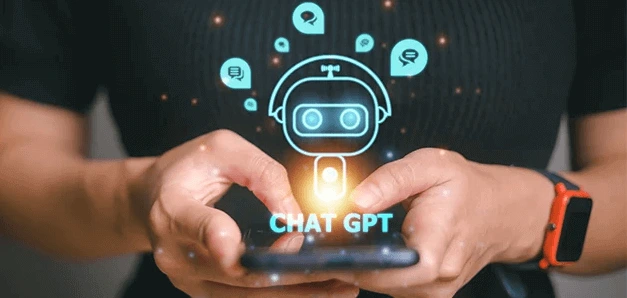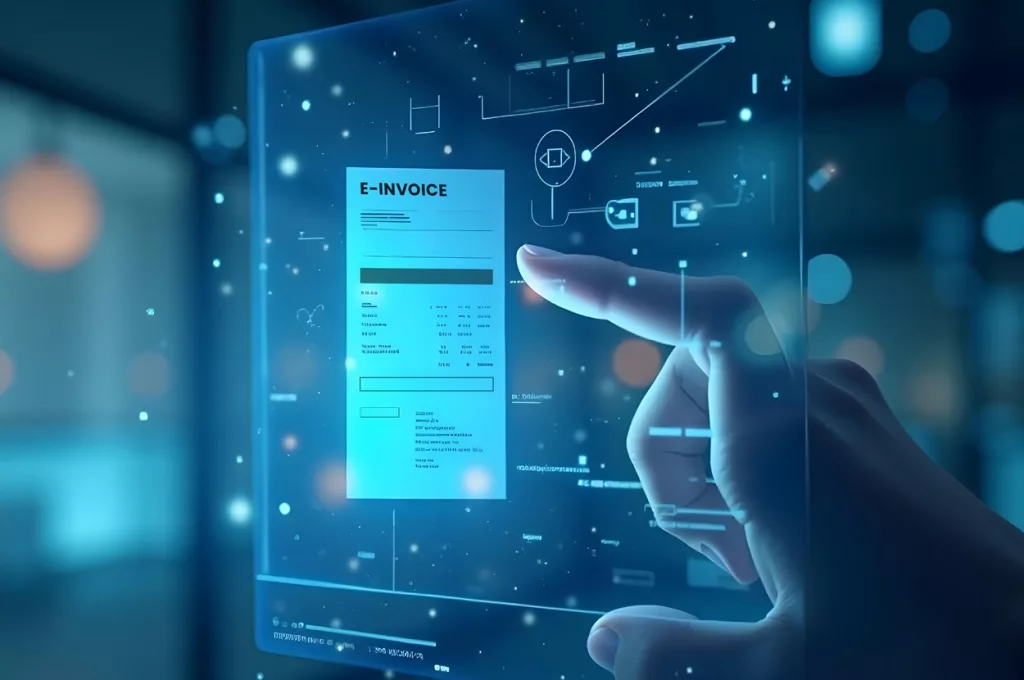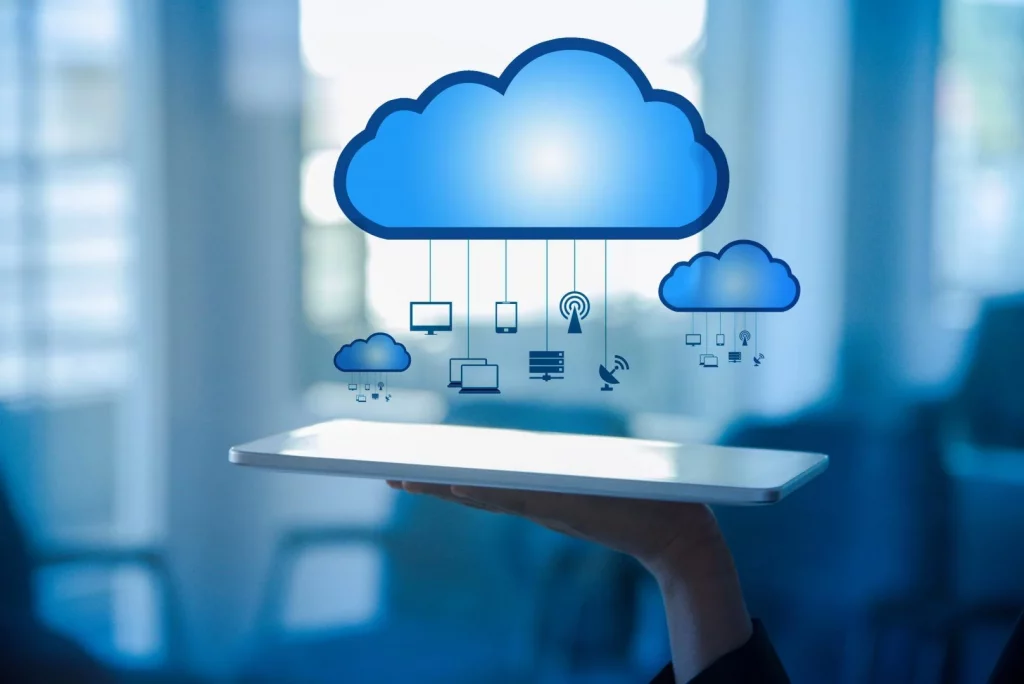Background
Before the GST regime, Indirect taxes in India were extremely complex and intricate. There were multiple levies governed by varied laws and regulations. This complicated the indirect tax domain further. Hence, there were high probabilities of mistakes being committed by taxpayers.
However, once the roll-out of GST was announced, it was anticipated that these complexities would be resolved and we would enter into a utopian world. Nonetheless, as the law started taking shape and was introduced, soon it was realized that we may have come a long way from multiple levies and issues associated with it, but we still have a substantial distance to cover.
GST though is a much simpler version of indirect tax when compared with the erstwhile regime; it has its own set of snags. These issues give rise to errors and mistakes which are commonly committed by organizations. This blog aims at discussing these errors and how technology could help in mitigating them.
Common GST errors committed and how technology can help
Highlighted below are some common mistakes where GST Software can play a significant role in reducing errors and ensuring compliance:
Charging correct type of GST: Often it is observed that taxpayers while raising invoices charge incorrect type of GST i.e. CGST+SGST instead of IGST and vice versa. The reason behind this is that taxpayers are not familiar with the place of supply rules. Technology solutions catering to the GST domain have defined rules which flag off such errors and intimate the taxpayer of mistakes committed if any.
Determining the valuation of supply: The GST law comprises valuation rules which are to be followed while computing transaction value for charging GST. The technology solutions according to the pre-defined rules can help a taxpayer in determining whether a specific item is includible in the value of supply or not. For eg. in the case of post supply discounts, the solution may prompt the taxpayer when the discount is being included in the transaction value.
Reconciliations: The GST law is based on the fundamental principle of reconciliations between various factors such as ITC, e-invoicing, e-way bills, revenue, etc. The technology solutions available assists the taxpayers in these time-consuming and tedious reconciliations where taxpayers are bound to make mistakes.
Auto-population of GST returns: The right technology solution when integrated with the company’s ERP can prove to be extremely beneficial. It helps in avoiding any errors that are committed while feeding data into return forms manually.
Computation of GST: Numerous mistakes are also committed while computing the GST amount manually. This generally happens when the tax team undergoes a change and the new incumbent applies a different rate than the predecessor. The tech solutions could help in following correct and consistent GST rates for the portfolio of supplies.
Streamlining processes and compliances: The GST law is heavily reliant on technology as it requires maximum compliances to be done on the tech-based portal. Any manual intervention in this process could lead to substantial errors. Therefore, technology is the prime solution to avoid such errors.
Simple GST related compliances: There are certain compliances where technology could reduce errors to a large extent such as reverse charge mechanism applicability on specific transactions, non-eligibility of credit for specific expenses, input tax credit reversals on vendor payments not made within 180 days, GST applicability on employee recoveries, etc.
How technology can help resolving errors in GST
There are ample technology solutions available in the market which may help the taxpayers in identifying errors and correcting them on an immediate basis to avoid any penal consequences. Software companies and tax firms have launched multiple tax tech solutions. However, with time, it has become evident that though the law is evolving frequently, not all technology solutions are being updated at that frequency. This creates a major issue for taxpayers using technology solutions integrated with old rules. For eg. if the GST rate on one of the products is increased from 12% to 18% and the same is not updated in the solution, the taxpayer may end up short paying the tax amount leading to serious repercussions. Hence, while choosing a technology solution, the taxpayers should keep the following points in mind:
- The frequency of updating; ideally the solution should be updated on a real-time basis including changes in GST rates and rules. This would safeguard the taxpayer from any amendments which might have been overlooked.
- Reconciliation between various sources of purchase and sales data, e-way bills, and e-invoices.
- Proactive flagging of data discrepancies, short payments for rectification in next returns.
- Seamless connectivity with GSTN, IRP, and NIC.
- Intuitive dashboards and MIS reports.
- Logic to calculate GST based on place of supply rules and applicable rates.
- Feature of importing data from ERP system ensuring data security.
- Cloud or on-premise infrastructure, as may be suitable.
- Dedicated help desk manned by tax professionals.
- Creation of GST compliant documents including tax invoice, debit notes, etc.
- Validation checks and red flags.
- Reporting or dashboard function.
Conclusion and Way forward
With the above backdrop, it is clear that an increasing number of companies are relying on technology solutions for their day-to-day GST compliances. This is an outcome of the overreaching results that technology has shown in the brief period of time since GST has been rolled out. However, there are still several businesses that are completely reliant on manual activities for GST compliances. Manual compliances and data management is a very precarious activity and may cost greatly to the organisations. This is because, till the time the errors are discovered, the team member may not be available at the organization; however, the same Is not the case with technology solutions. This helps in crafting an audit trail and creates accountability. Moreover, by the time the errors are discovered and rectified, huge interest costs may arise, crippling the working capital state of the organisations. The Situation may get even worse if such errors are discovered as part of departmental assessments or audits. In which case, there is a high probability of the authorities alleging misstatement and suppression attracting hefty penalties. The litigation cost also needs to be factored here which would not only include the financial costs but the time cost and harassment caused during such litigations. Therefore, organisations that have still not made technology a part of their tax compliance functions need to re-analyse and re-assess their decision. As it is commonly said ‘To err is to human and to blame it on computers is even more so’.











